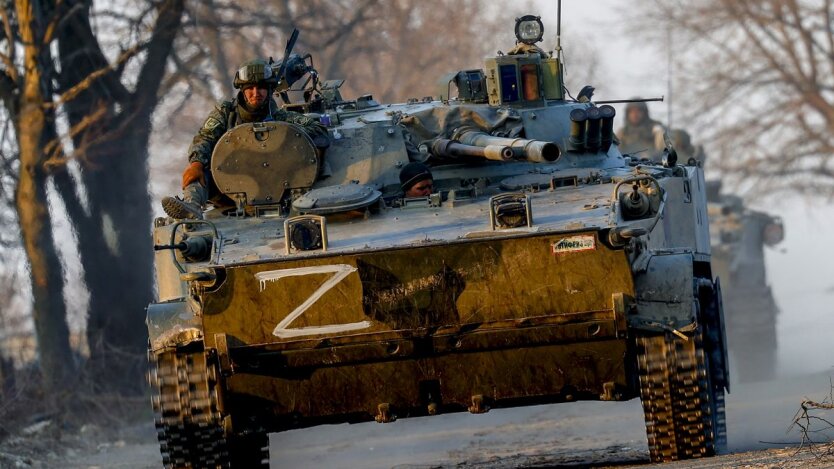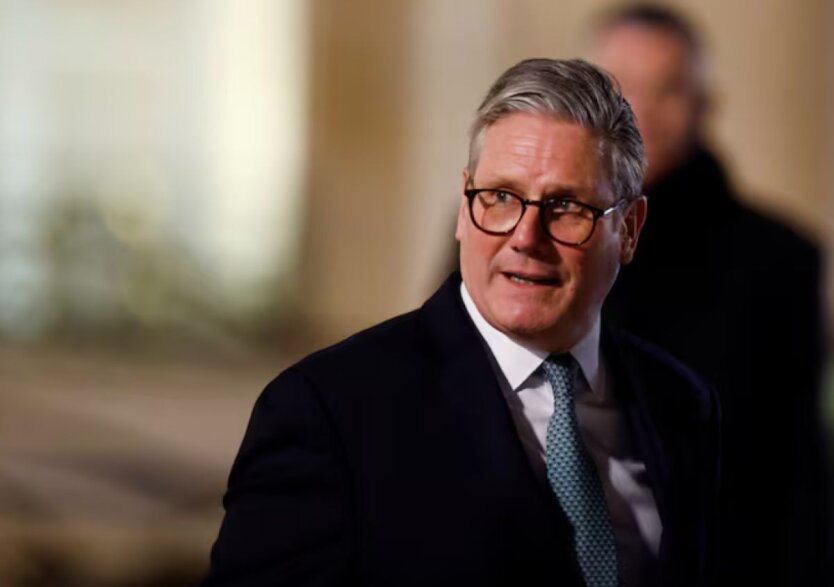Utilities, food, medicine, transport: what Ukrainians spend their entire salary on.


Ukrainians spend most of their money on food and non-alcoholic beverages, accounting for 40% of total consumer spending. These figures are provided by the State Statistics Service.
‘In the structure of expenses of the population of Ukraine, the majority are food and non-alcoholic beverages, which account for 40% of total consumer expenditures,’ the State Statistics Service reports.
According to this data, the largest share of food expenses is taken by meat and meat products (9.6%), as well as dairy products, cheese, and eggs (5.7%). Vegetables (2.8%), bread (2.7%), and fish and seafood (2.5%) account for a smaller share.
Moreover, Ukrainians spend 9.8% of their income on housing, water, electricity, gas, and other types of fuel. Transport costs also take up nearly the same share – 9.6%.
9.4% of their incomes are spent on healthcare, with the largest share (6.4%) going to medicine. Expenditures on alcoholic beverages account for 4.0%, and on tobacco products – 3.9%.
Household goods, appliances, and housing maintenance account for 4.6% in the structure of expenses, while various goods and services – 4.3%. Leisure and culture account for 3.7%, communication services – 3.0%, restaurants and hotels – 2.8%, and the smallest share of expenses goes to education – 1.3%.
The weighted structure of expenditures affects inflation in Ukraine. According to the State Statistics Service, in February 2025 consumer prices rose by 0.8%, and annual inflation was 13.4%.
‘The National Bank of Ukraine forecasts inflation growth influenced by various factors, including low harvests from last year and rising production cost pressures on businesses,’ the State Statistics Service reports.
According to NBU forecasts, inflation will reach a peak in the second quarter of 2025 and will decline after that. It is expected that by the end of the first quarter inflation will be 14.3%, and by the end of the second quarter - 13.6%. Further, a decrease to 12% is anticipated by the end of the third quarter and to 8.4% by the end of the fourth quarter of 2025.
Inflation affects the cost of medicines and their availability for the population.
Read also
- ISW evaluates how the conflict in the Middle East will influence the war in Ukraine
- Drivers are not sacred cows: Popenko proposed a Chinese approach instead of fines
- Veteran or combat participant: who receives more benefits and what is the difference between statuses
- Ukrainians were told how to obtain insurance experience by caring for relatives with disabilities
- The Economist named Putin's next target
- Starmer commented on Putin's tactics and the deployment of troops to Ukraine










